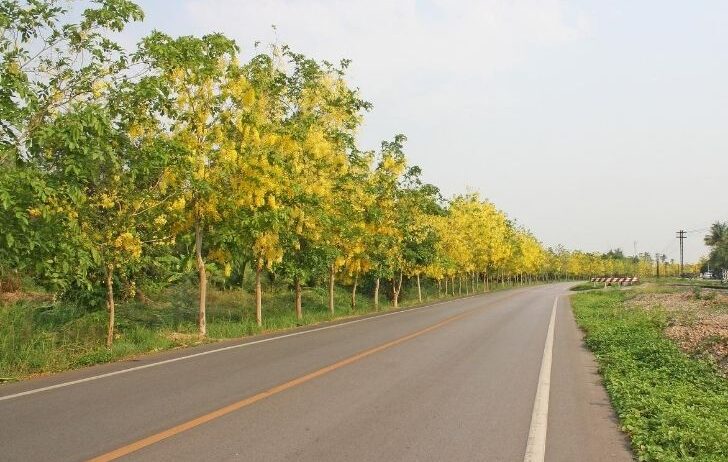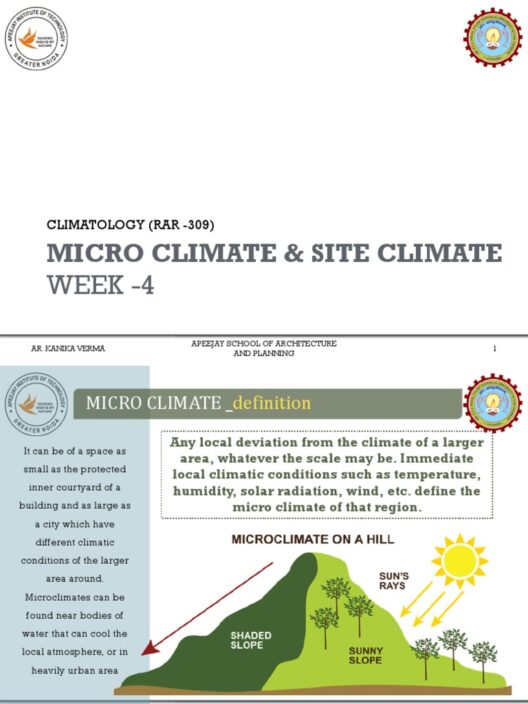The presence of trees in urban environments offers a myriad of benefits, most notably in the realms of energy conservation and pollution reduction. Cityscapes, often characterized by concrete and asphalt, can create a harsh microclimate. However, trees act as natural allies in mitigating some of the adverse effects of urbanization. This discourse delves into the significant ways in which trees contribute to energy conservation and the amelioration of pollution levels in urban settings.
One of the primary mechanisms by which trees help in conserving energy is through the process of shade provision. When strategically planted around buildings, trees can dramatically reduce the temperature of their surroundings. The foliage of a mature tree can lower the need for air conditioning during the sweltering summer months. This, in turn, leads to a considerable decrease in energy consumption. Studies have shown that well-placed trees can reduce cooling costs by as much as 30%. Additionally, during winter, trees serve as windbreaks. By obstructing harsh winds, they can reduce heating costs by up to 20%. Thus, the dual role of trees in moderating temperatures contributes substantially to overall energy efficiency.
Moreover, trees play a critical role in improving air quality. Urban areas often grapple with elevated levels of pollutants, primarily from vehicular emissions and industrial activities. Trees act as natural air filters. They absorb harmful gases like carbon dioxide (CO2) and release oxygen, facilitating a cleaner atmosphere. According to research, a mature tree can absorb approximately 48 pounds of CO2 annually, making them invaluable in combatting climate change. Furthermore, trees capture particulate matter, such as dust, ash, and smoke, by trapping these tiny particles on their leaves and bark, consequently enhancing air quality.
The role of trees in noise reduction is an often-overlooked benefit. Urban environments are frequently inundated with cacophony from busy streets and construction sites. Trees can significantly attenuate noise pollution. The foliage of trees absorbs, deflects, and refracts sound waves, leading to a quieter atmosphere. This acoustic buffering fosters not only a more pleasant urban experience but also enhances public health by reducing stress levels associated with noise pollution.
In addition to the ecological advantages, the presence of trees is integral to promoting biodiversity within urban areas. Urban trees create essential habitats for various species, including birds, insects, and small mammals. The conservation of these species plays a pivotal role in maintaining ecological balance. By supporting biodiversity, trees contribute indirectly to energy conservation as healthy ecosystems can better regulate climate patterns, thus reducing the energy required for climate control.
Furthermore, the sprawling roots of trees assist in soil stabilization and the prevention of erosion. Healthy soil is crucial for maintaining the integrity of urban infrastructure. By preventing erosion, trees help underground utilities remain intact, reducing the need for extensive energy-consuming repairs or replacements. This natural protective mechanism is vital, especially in cities prone to heavy rainfall, where soil erosion can lead to disastrous flooding.
Urban trees also play a crucial role in the management of stormwater. By absorbing rainfall, trees reduce surface runoff and decrease the likelihood of urban flooding. This function mitigates the energy expenditures associated with stormwater management systems, which often rely on mechanical pumps and treatment facilities to handle excess water. By limiting runoff, trees contribute to the preservation of energy resources while promoting sustainable urban drainage practices.
Beyond their ecological functions, trees contribute positively to the social fabric of urban life. Green spaces enhance community well-being and improve mental health. Access to nature has been linked to lower stress levels, reduced anxiety, and improved mood. Communities with ample tree cover tend to exhibit higher social cohesion. This increases the likelihood that community members will engage in collective efforts for sustainable practices, such as energy conservation initiatives.
Moreover, the aesthetic value provided by urban trees cannot be understated. Well-landscaped areas with trees tend to attract tourists and potential residents, which can lead to increased property values. Enhanced property values can lead to higher tax revenues, which in turn can be reinvested in further green infrastructure, creating a virtuous cycle of sustainability in urban development.
Challenges remain in urban tree conservation. Urban sprawl, development pressures, and climate change threaten the survival of tree populations. Therefore, prioritizing urban forestry in city planning is imperative. Engaging communities in tree planting initiatives fosters a sense of ownership and responsibility towards local environments. Education about the multifaceted benefits of trees can galvanize community action, promoting policies that advocate for increased tree cover.
In conclusion, trees are fundamental to enhancing the sustainability of urban environments. Their capacity to conserve energy, improve air quality, reduce noise pollution, and promote biodiversity positions them as vital components of a healthy city ecosystem. As cities continue to grow and evolve, the integration of trees into urban planning is not merely beneficial but essential. Recognizing and harnessing the power of trees can lead to more resilient, livable, and environmentally-conscious urban spaces.








